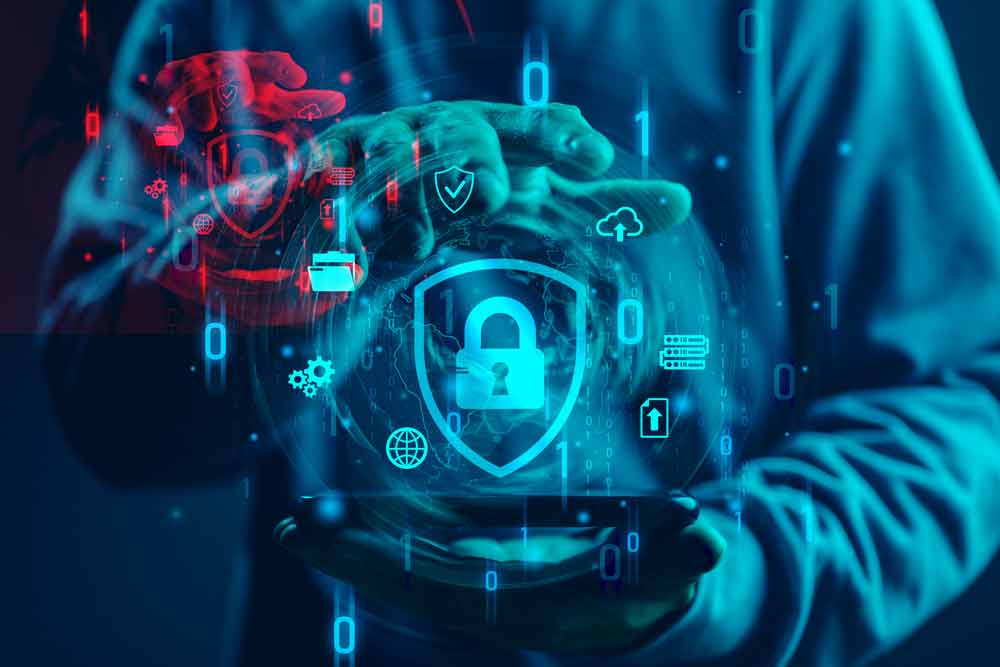February Recap: Personal Identifiable Information (PII) In Data Security

This month, we focused on a variety of topics regarding personal identifiable information (PII). PII includes an individual’s name, address, phone number, and medical history. In this digital age, PII is increasingly being stolen from unsuspecting individuals and organizations alike. PII allows cybercriminals to easily access financial accounts, and commit identity theft, and other crimes. […]
A Guide to Protecting Your PII

PII is short for Personal Identifiable Information, which refers to any data that can identify a specific person. A hacker can exploit your PII to gain access to restricted areas, make unapproved purchases under your name, or even steal your identity entirely. To keep these incidents from happening, you must know about protecting your personally […]
